Understanding Succession: A Key Concept of Soil Ecological Development and Soil Regeneration
As the world is shifting its understanding of agroecological systems from an input oriented chemical balance to a deeper understanding of ecosystem health and longevity, there are pertinent concepts that are both new and widely unexplored. Today however, I would like to talk about a foundational ecological concept that is well enough understood to support modern regenerative agronomy. This concept is succession.
Succession, in a nutshell, is the development of progressively more diverse and enriched ecosystems through time. In nature you can clearly see different successional stages when comparing the open fields of Midwestern America to the living forests of the Amazon in Brazil. Midwestern plains are predominately grasslands, it is difficult for the ecological system at this stage to support a high diversity of plant and animal species. In the Amazon however, there is an unexplored haven of novel species of plants and animals. This begs to question, why are some landscapes grass lands and others fertile havens for life? The answer is complex, and each landscape will be limited by the physiological fertility of the land and its history, but, at the core of natural landscape design is ecological succession.
Succession takes shape in a couple of ways. The most obvious is the above ground plant biomass. The species of plants that inhabit a landscape are a direct reflection of the succession stage of that biome. Any given landscape will predominantly host a range of species from a class of plants. The main stages of succession are primary succession, secondary succession, and climax communities. There is a natural pull of an ecosystem to shift from primary succession into secondary succession, and from secondary succession into a climax community.
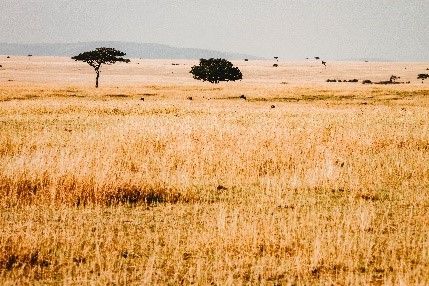
Primary succession includes pioneering species that inhabit new or barren landscapes. From a plant perspective these are what we commonly refer to as weeds. They’re durable, resilient, grow fast, disperse seeds to be carried over long distances, and thrive on scarce nutrients from a shallow soil profile. It is these same species that plague modern agriculture that also catalyze the transition of barren land to fertile soil. The initial penetration of earth by root formulates the first semblance of soil structure, followed by decaying leaves and stalks of dying plants that start the degradative journey to humus. As soil is built grasses and low-lying annuals begin to grow, which hold moisture in the soil profile and slowly probe deeper against a compacted subsoil. Over time, as the effects of continual growth and decay build soil organic matter and structure, larger and more permanent plants begin to take hold of the ecosystem.
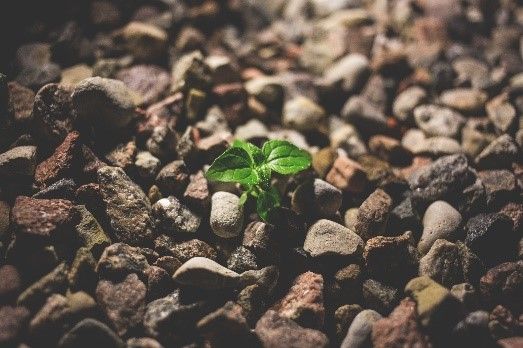
In Secondary succession perineal plants strengthen their grasp, shrubs, grasses, and small trees dominate the landscape. Low lying canopies begin to develop and a cyclical return of organic matter from plant growth begins to build stabilized topsoil. Due to the broad inclusion of species in secondary succession most ecosystems exist in this transitional classification.
It is more difficult for ecosystems to reach a Climax community, which is a moving target based on environmental factors. For some biomes a climax community is an optimally developed grassland, compared with rainforests containing multitiered canopies and thousand-year-old trees one community clearly reaches a climax faster than the other. The limitation in developmental capacity is regulated by altitude, soil, weather, and geography, but it is the higher complexity and slower developing biomes that create the most productive and diverse ecosystems on earth.
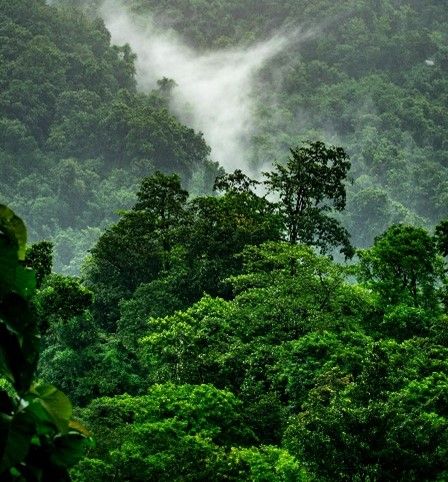
So far, we have focused on plant life, the easily identified hallmark of successional progression. Animals, however, also play a large roll in ecosystem development and regulating successional forces. They are the highways of seed distribution. As animals move between landscapes, they are stuck with seed bearing burrs, consume berries and stone fruits, and distribute pollen. They regulate growth, consuming and trampling low lying plants, opening opportunities for new germination. Animal manure is a high nitrogen soil additive that, along with seeds, is scattered across broad swaths of territory. Birds, spiders, and predatory mites are natures pesticides keeping antagonistic insects well regulated. Plant species need to be present to support animal life, but animals also provide the capacity to induce change and regulate progress.
The final and most important driver of succession is unseen to the naked eye. Microbes that form complex communities in mere centimeters of soil, while also interconnecting hundreds of hectares across landscapes, take the first steps in ecosystem recovery and stabilize mature growth. Bacteria, fungi, and algae are the primary colonizers of rocky inhabitable land, they wither down unwilling surfaces liberating precious nutrients from otherwise impenetrable crystalline structures. Using these unlikely sources of nutrients, they begin to multiply and make up the bottom of the terrestrial food chain. It is these microbes that allow pioneering plant species to take advantage of seemingly barren soils. As succession progresses and plant and animal communities become more complex, as does the microbial community within the soil. In fact, in many ways the microbial community continues to drive the push towards ever increasing complexity.
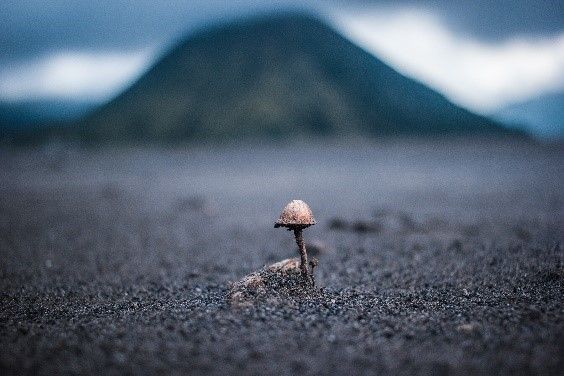
Fungal species that produce reproductive bodies, or mushrooms, are a large attractant to different insects and animals that forage for these precious food sources. As insect communities thrive, they increase the abundance of food resources and soil structure. The animals that scavenge the landscape depositing nutrient rich excrement also disperse seeds and fungal spores they have gathered along their broad travels. In the process of building the soil richness and structure as well as introducing new species of plants and animals, sequential steps are slowly taken towards higher productivity and more diverse ecosystems. As these ecosystems progress, the substrates available for microbial growth begin to change. High carbon materials begin to litter the land as dead trees and large roots systems become predominate features within the soil. This change in food source, combined with plants that strive to live for extended periods, alters the composition of the soil microbial community.
In early successional stages where fast growth and quick reproduction is required for survival, the soil is predominantly a bacterial community. The bacteria push the soil alkaline, provide quick nitrogen release through protozoan predation, and preferentially decompose simple high nitrogen tissues. As more complex woody structures come into play, fungi begin to take over. Fungi are specialists when it comes to consuming high carbon lignin-based structures, their hyphae are predominantly constructed of carbon and they have been shown to build symbiotic relationships with most plants, but especially trees. Due to their mechanisms of liberating nutrients they tend to acidify the soil, helping to select for plant species that do well in a structured, slightly acidic, environment. These fungal structures interlink plants through highway-like networks of hyphae, enabling interplant communication and nutrient distribution through chemical signaling and facilitative capillary action.

It’s not just beneficial species of microbes that make up productive ecosystems, even pathogenic species of bacteria, viruses, and fungi play roles in moderating healthy biomes. By felling weakened trees in a later stage ecosystem, parasitic fungi create an opportunity for the surrounding plants to increase their health. These same parasitic species will also often play dualistic roles, functioning first as parasites, but after as saprophytic fungi that decompose the dead tissues. In this way very few species are inherently “bad”, in that those species with parasitic behavior perform valuable ecological services that, overall, increase the fitness of the system.
Why then, do we not have a world covered in climax communities? The answer is the destructive inclination of nature and man. As ecosystems progress, they are constantly reset by natural disasters. After a forest fire rips through a landscape most of the microbial, animal, and plant life has been decimated. This hits a hard-reset button on the progress of succession in that environment. Though the progression of species reintroduction may not be the same as a virgin soil, the mechanism of microbial and plant redistribution is the same, if not more rapidly established. Equally destructive are human tendencies to leverage the resources of a late stage successional biome. Logging forests, farming rich soils, and establishing cityscapes and towns reset ecological clocks often with more devastating permanence than nature’s cyclic disasters.
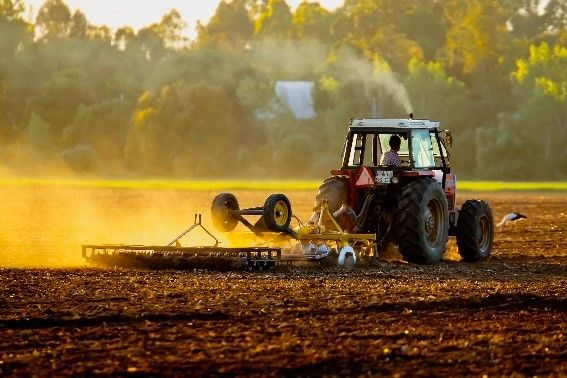
There is hope yet for humanity to balance the quest for boundless resources and ecological conscientiousness. As we better understand concepts like succession, we can make positive changes in the way we interact with our limited natural resources. By exploiting the natural progression of ecosystems, it is possible to mimic succession in an agricultural setting. Utilizing the proper microbial inoculants and management techniques befitting a landscape and crop can increase production at a low cost. It also has the benefit of building healthy soil, increasing nutrient density in produce, and benefitting the environment. Given the destructive and unsustainable nature of current agricultural practices, it is not only advantageous to make a change in our collective mindset but required if we are to take the next steps towards building a better world.
start your soil journey today
contact us